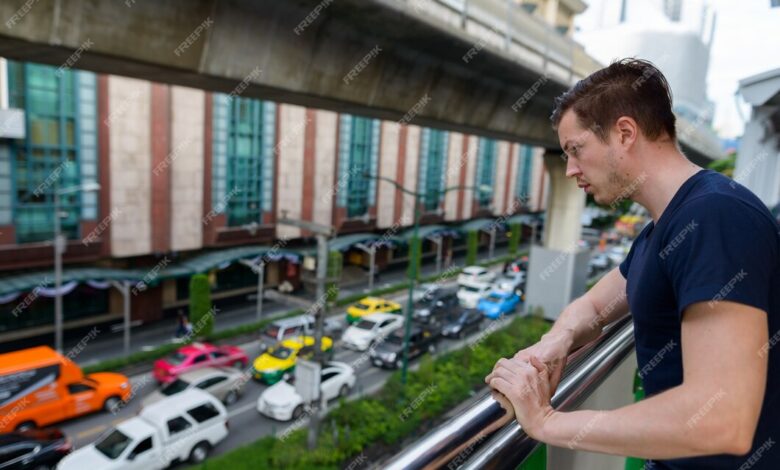Creative Solutions for Urban Parking Problems that Could Transform City Living

Finding parking in busy urban areas is a frustrating challenge for many. As city populations grow and transportation habits change, securing a parking spot can seem like a lucky win. However, innovative solutions are emerging to tackle this issue. This blog will delve into the impact of urbanization and explore technologies that are transforming modern parking management for a better city living experience.
The Urbanization Effect on Parking
Urbanization is a double-edged sword. While it brings economic growth and increased opportunities, it also leads to congestion and limited parking spaces. Cities are expanding, and with more people come more cars. This growth has put immense pressure on existing parking infrastructures.
Changing transportation habits have further complicated the parking scenario. The rise of ride-sharing, electric vehicles, and micro-mobility options like e-scooters and bikes have diversified transportation choices. Yet, the convenience of owning a personal vehicle still drives high parking demand.
To tackle these challenges, cities must rethink their approach to parking. It’s no longer about just adding more parking spaces; it’s about managing them smartly and efficiently. Understanding the connection between urbanization and parking demand is crucial for developing effective solutions.
Traditional Parking Solutions and Their Limitations
Traditional parking solutions include on-street parking, parking garages, and surface lots. These methods have served cities for decades, but they’re not without their limitations. On-street parking, for example, can lead to traffic congestion as drivers search for available spots, increasing pollution and wasting time.
Parking garages provide more spaces but can be costly to build and maintain. Additionally, they often occupy valuable urban real estate that could be used for housing or green spaces. Surface lots, while convenient, contribute to urban sprawl and reduce the land available for community development.
Furthermore, traditional parking solutions do not adequately address the dynamic nature of modern transportation. With fluctuating demands and varying vehicle types, a one-size-fits-all approach is no longer viable. Cities need more flexible, adaptable parking strategies to meet the needs of their residents.
Transforming Cities with Smart Parking Solutions
Smart parking solutions are emerging as game-changers in urban parking management. These technologies use sensors, data analytics, and the Internet of Things (IoT) to optimize parking efficiency and reduce congestion.
One example of smart parking is real-time parking availability information. By integrating sensors into parking spaces, cities can provide drivers with up-to-date information on available spots, reducing the time spent searching for parking. Mobile apps and digital signage can display this information, guiding drivers to open spaces quickly.
Automated parking systems are another innovative solution, such as car storage like those in Oklahoma City. These systems use robotic platforms to move vehicles into compact storage spaces, maximizing the use of available parking areas. They also reduce the need for large parking structures and lower the environmental impact of parking facilities.
Finally, dynamic pricing models help manage parking demand. By adjusting prices based on demand and location, cities can encourage drivers to use alternative transportation methods or park in less congested areas. This approach not only eases parking pressure but also generates revenue for urban development projects.
Future Trends in Urban Parking
The future of urban parking lies in sustainability and shared mobility. Cities are increasingly focusing on reducing their environmental impact and promoting eco-friendly transportation options. This shift will shape the development of parking solutions in the coming years.
Electric vehicles (EVs) are a key component of sustainable urban transportation. To accommodate the growing number of EVs, cities must invest in charging infrastructure and create dedicated parking spaces for electric vehicles. This will encourage more people to adopt EVs and reduce emissions.
Shared mobility, including car-sharing, ride-sharing, and micro-mobility options, will play a significant role in urban transportation. By promoting shared mobility, cities can reduce the need for personal vehicle ownership and alleviate parking demand. Integrating these options into urban planning will be crucial for creating sustainable, efficient cities.
Lastly, the integration of technology and data analytics will continue to drive innovation in parking solutions. By harnessing the power of data, cities can optimize parking management, reduce congestion, and improve overall urban livability.
Conclusion
Now that you have a better understanding of the impact of urbanization on parking demand and the limitations of traditional solutions, it’s clear that cities must adapt their approach to parking management. Smart parking solutions, such as real-time availability information, automated systems, and dynamic pricing models, offer more effective and sustainable alternatives.


